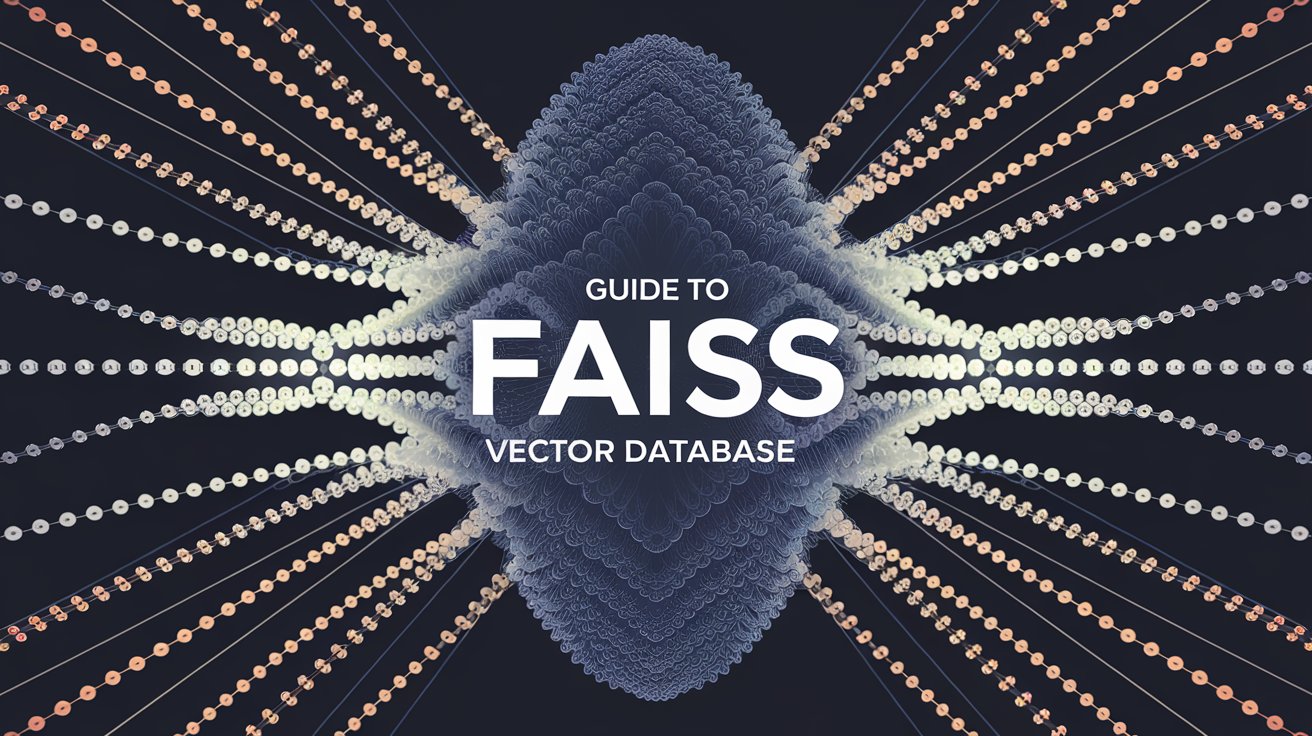The Hallucination Problem: When AI Gets Too Creative

What Is Hallucination in AI?
In the rapidly evolving landscape of artificial intelligence, Large Language Models (LLMs) have emerged as powerful tools capable of generating human-like text, answering questions, and assisting with a wide array of tasks. However, these models come with a significant challenge: the phenomenon known as “AI hallucination.” This issue has become a central concern in the AI community, affecting the reliability and trustworthiness of AI-generated content.
AI hallucination refers to instances where an AI model produces content that is factually incorrect, entirely fabricated, or misleading, despite appearing coherent and plausible. This phenomenon isn’t merely a minor glitch; it represents a fundamental challenge in the development of reliable AI systems. Hallucinations can range from subtle inaccuracies to completely false statements, potentially leading to misinformation, flawed decision-making, and erosion of trust in AI technologies.
Why Does It Happen?
- Lack of Real-Time Data Access: LLMs do not have access to databases or external knowledge bases during inference, relying solely on their training data.
- Probabilistic Nature: They generate text based on probability distributions, which can sometimes lead to plausible-sounding but incorrect statements.
- Ambiguity and Gaps in Training Data: If the training data contains conflicting or insufficient information on a topic, the model may fill in gaps inaccurately.
- Overfitting and Memorization: Models might memorize specific patterns from training data, leading to confident but incorrect outputs when faced with similar but slightly different queries.
Types of Hallucinations
a) Intrinsic :
These occur when the AI model contradicts established facts or its own training data. For example:
- If an AI trained on accurate historical data states that “World War II ended in 1960” (when it actually ended in 1945), this would be an intrinsic hallucination.
- Or if a model trained on basic math suddenly claims that “2 + 2 = 5”, this contradicts fundamental knowledge.
Intrinsic hallucinations are particularly troubling because they indicate a failure in the model’s ability to maintain consistency with its core knowledge base. They can arise from issues like:
- Overfitting to specific, potentially erroneous examples in the training data
- Conflicts between different parts of the training data
- Errors in the model’s internal representation or retrieval of informatio
b) Extrinsic:
These happen when the model generates information that isn’t supported by or relevant to the given context or prompt. For instance:
- If asked about the capital of France and the model responds with information about the population of Brazil, that’s an extrinsic hallucination.
- Or if a user asks for a summary of a specific document, and the model includes facts not present in that document.
Extrinsic hallucinations often occur due to:
- The model’s attempt to generate fluent, plausible-sounding responses even when it lacks relevant information
- Misinterpretation of the context or prompt
- Over-generalization from similar but not identical scenarios in its training data
Real-World Implications
a) Misinformation: AI-generated misinformation can spread rapidly, especially if it comes from seemingly authoritative sources. Examples include: In healthcare: An AI suggesting an incorrect treatment could lead to patient harm.In finance: False information about a company’s performance could lead to misguided investments. In legal services: Inaccurate interpretations of laws or precedents could lead to unjust outcomes. The speed and scale at which AI can generate content make this particularly dangerous, as false information can quickly overwhelm fact-checking mechanisms.
b) Loss of Trust: As users encounter unreliable AI-generated information, they may: Become skeptical of all AI-generated content, even when it’s accurate. Hesitate to adopt AI technologies in critical areas where they could be beneficial. Spread distrust to others, creating a broader societal skepticism towards AI.This loss of trust can significantly slow down AI adoption and limit its potential benefits across various sectors.
c) Ethical Concerns: The potential for AI to spread misinformation raises serious ethical questions:
- Who is responsible when an AI system produces harmful misinformation?
- How do we balance the benefits of AI with the risks of misinformation?
- What obligations do AI developers and companies have to prevent and correct hallucinations?
These concerns extend to issues of fairness and bias, as hallucinations might disproportionately affect or misrepresent certain groups.
d) Decision-Making Risks: In high-stakes environments, AI hallucinations can lead to catastrophic outcomes: In military applications, false information could lead to strategic errors. In emergency response scenarios, inaccurate data could misdirect resources.In automated systems (e.g., self-driving cars), hallucinations could lead to accidents.The challenge is particularly acute when AI systems are integrated into decision-making processes where human oversight might be limited or delayed
Detecting and Measuring Hallucinations
Detecting is a challenging task, but several approaches have been developed:
a) Human Evaluation: This involves expert reviewers manually checking AI outputs for accuracy. It’s often considered the gold standard but has limitations: It’s time-consuming and expensive. It may not be feasible for real-time or high-volume applications. There can be subjectivity or disagreement among human evaluators.Despite these drawbacks, human evaluation remains crucial, especially for sensitive applications or when developing benchmark datasets.
b) Automated Fact-Checking: This approach uses other AI systems or knowledge bases to verify claims. It can involve: Cross-referencing AI outputs with trusted databases. Using natural language processing to extract claims and verify them against known facts. Employing specialized fact-checking models trained on verified information. While faster than human evaluation, automated fact-checking faces challenges like keeping knowledge bases up-to-date and handling nuanced or context-dependent statements.
c) Perplexity Analysis: This method examines the model’s own “confidence” in its outputs. It involves: Analyzing the probability distributions of the model’s next-word predictions. Identifying sections where the model shows high uncertainty. Flagging responses with unexpectedly low or inconsistent perplexity scores. Perplexity analysis can help identify potential hallucinations, but it may miss cases where the model is confidently incorrect.
d) Ensemble Methods: This approach involves comparing outputs from multiple models or multiple runs of the same model. It can include: Running the same query through different models and checking for consistency. Using techniques like majority voting to identify likely correct answers. Analyzing the variance in responses to gauge reliability. Ensemble methods can be powerful but may be computationally expensive and still struggle with cases where multiple models share the same biases or gaps in knowledge.
Each of these detection methods has its strengths and limitations. In practice, a combination of these approaches is often used to create more robust hallucination detection systems. Ongoing research in this area focuses on developing more accurate, efficient, and scalable detection methods to address the growing challenge of AI hallucinations.
Enter RAG: Keeping AI Grounded in Facts
Retrieval Augmented Generation (RAG) addresses the hallucination problem by enhancing LLMs with real-time access to external data sources. This ensures that generated responses are not only coherent but also factually accurate and up-to-date.
How Does RAG Solve the Hallucination Problem?
- Data Augmentation: RAG systems retrieve relevant information from trusted sources to inform the generation process.
- Contextual Grounding: By providing the model with specific data related to the query, RAG minimizes the chances of off-topic or incorrect responses.
- Transparency: Including citations and references enhances trust and allows users to verify the information.
Challenges and Limitations of RAG
While RAG significantly reduces hallucinations, it’s not without challenges:
- Information Retrieval Quality: The effectiveness of RAG depends on the quality and relevance of retrieved information.
- Integration Complexity: Seamlessly combining retrieved information with model-generated content can be challenging.
- Computational Overhead: RAG systems may have higher latency due to the retrieval step.
- Knowledge Base Maintenance: Keeping the external knowledge base up-to-date and comprehensive requires ongoing effort.
Future Directions
As AI continues to evolve, several promising approaches are being explored to further mitigate hallucinations:
- Self-Consistency Checks: Training models to verify their own outputs for logical consistency.
- Multi-Modal Verification: Using visual and textual information together to ground language models in reality.
- Continual Learning: Developing methods for models to update their knowledge without full retraining.
- Explainable AI: Improving transparency in how models arrive at their outputs to better identify potential hallucinations.
Conclusion
AI hallucination remains a significant challenge in the deployment of large language models. However, techniques like RAG offer promising solutions by grounding AI responses in factual information. As research progresses, we can expect more sophisticated methods to emerge, further enhancing the reliability and trustworthiness of AI-generated content.




